Tutorials on ASP.NET Core, Blazor, jQuery, JavaScript, Entity Framework, Identity, WordPress, SQL, HTML & more
How to add Custom User Properties in ASP.NET Core Identity
If we want to add custom user properties like "Age, Country & Salary" to the ASP.NET Core Identity Users then we can do this by adding Custom User Properties to the User class. The User class, as we all know, inherits from the IdentityUser parent class. These new custom properties are added as new columns to the AspNetUsers table of Identity database.
(more…)How to work with Roles in ASP.NET Core Identity
Page Contents
In ASP.NET Core Identity, we can create Roles that contain a set of permissions for performing a set of activities in the app. For example an organization can have 4 roles which are:
(more…)How to do Authentication of Users in ASP.NET Core Identity
Page Contents
What is Identity Authentication in ASP.NET Core? Authentication is the process of recognition of a user when he successfully logins to the app. ASP.NET Core Identity presents a login form where user has to provide his username and password to authenticate himself. On successful login, Identity authenticates the user and he is granted access the secured resources of the ASP.NET Core app.
(more…)Username, Email & Password Policy in ASP.NET Core Identity
Page Contents
How to Create, Read, Update & Delete users in ASP.NET Core Identity
Page Contents
In this tutorial we will perform ASP.NET Core Identity CRUD Operations for Creating, Reading, Updating and Deleting Users. This will help us to Manage Identity Users right through our ASP.NET Core app. Before continuing, kindly Setup and Configure ASP.NET Core Identity in your app. Once you did it kindly follow from here.
(more…)How to Setup and Configure ASP.NET Core Identity
Page Contents
ASP.NET Core Identity is a Toolkit and an API with which you can create Authorization and Authentication features in your application. Users can create an account and login with a user name and password. This also includes Roles and Roles Management. ASP.NET Core Identity uses a SQL Server Database to store user names, passwords, roles, and profile data.
(more…)Execute SQL Stored Procedures using FromSqlRaw() & ExecuteSqlRawAsync() methods in Entity Framework Core
SQL Stored Procedures can be easily executed using the FromSqlRaw() & ExecuteSqlRawAsync() methods in Entity Framework Core. This tutorial will cover them in details.
(more…)Execute Raw SQL Queries using FromSqlRaw() method in Entity Framework Core
Entity Framework Core FromSqlRaw() method is used to Execute Raw SQL Queries including Parameterized Queries. This method returns an entity object. We use this method when we can't generate queries through LINQ or when EF Core generates inefficient queries.
(more…)Configure Many-to-Many relationship using Fluent API in Entity Framework Core
Entity Framework Core Many-to-Many Relationship is configured through Fluent API. We first add collection navigation property on both the entities and then add the join entity type with the UsingEntity() method.
(more…)
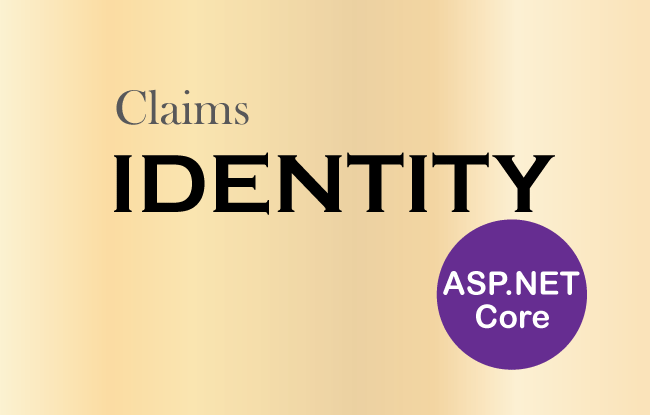
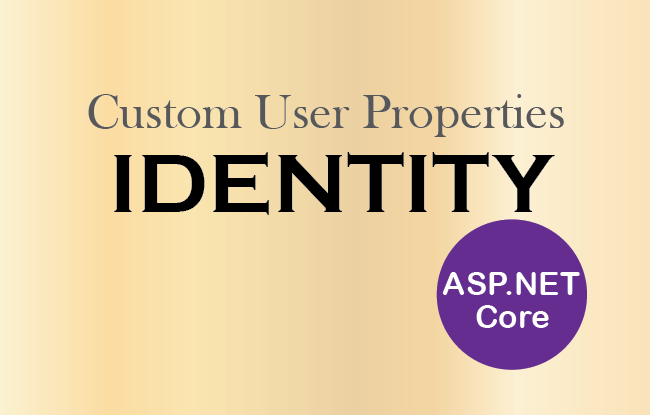
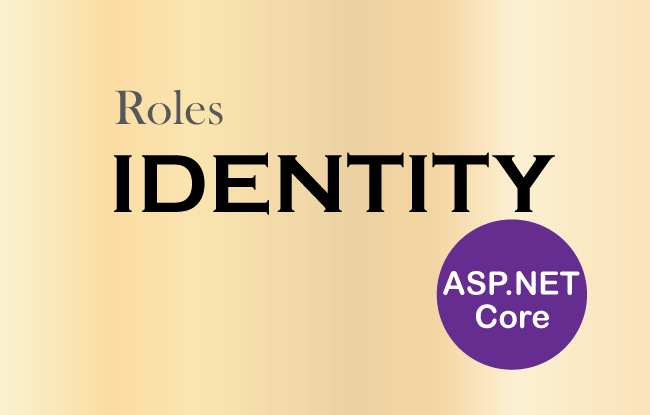
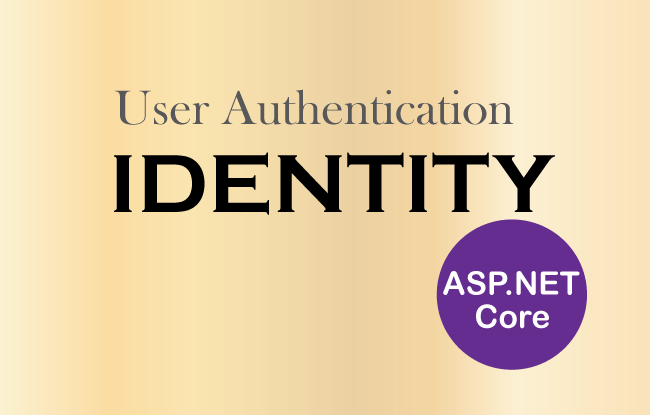
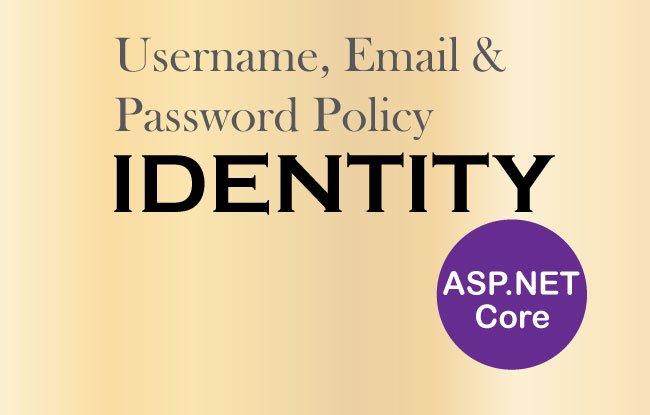
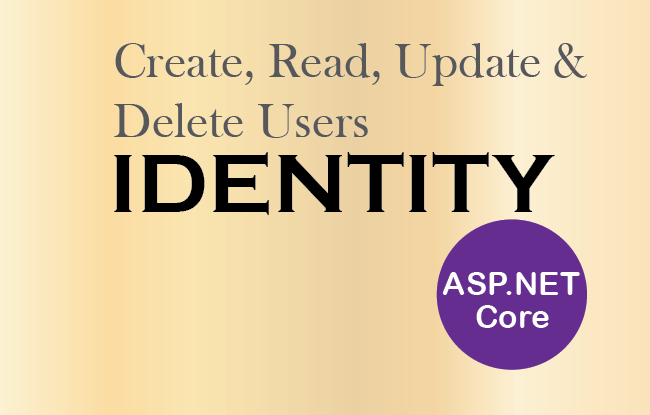
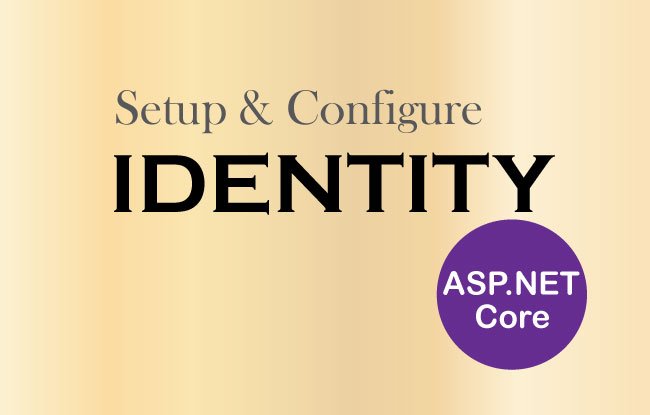
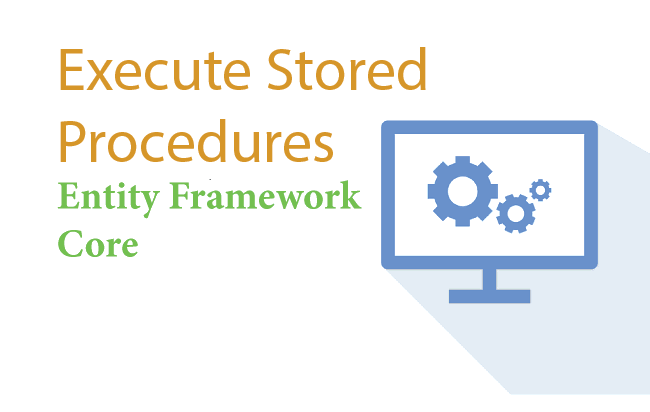
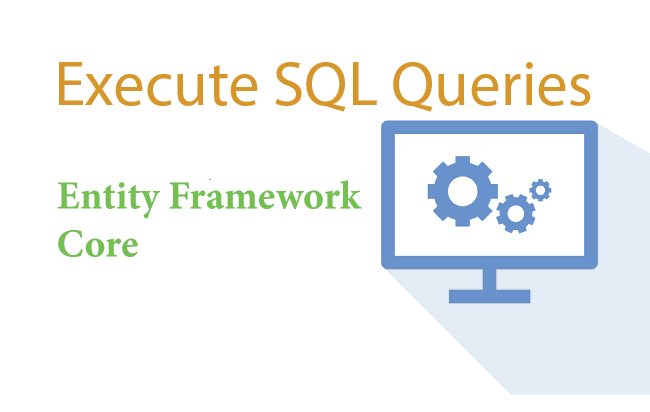
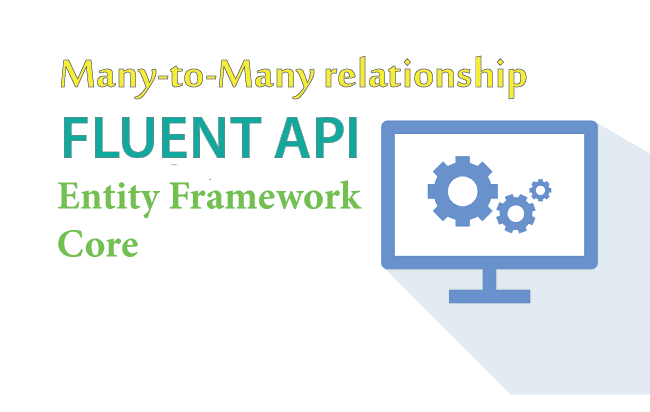


 Welcome to YogiHosting - A Programming Tutorial Website. It is used by millions of people around the world to learn and explore about ASP.NET Core, Blazor, jQuery, JavaScript, Docker, Kubernetes and other topics.
Welcome to YogiHosting - A Programming Tutorial Website. It is used by millions of people around the world to learn and explore about ASP.NET Core, Blazor, jQuery, JavaScript, Docker, Kubernetes and other topics.